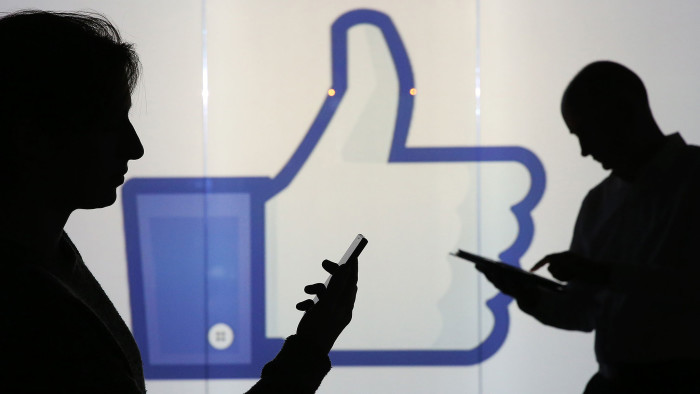Dropbox, Facebook and their like move into the office as popular apps go to work

Like more than half a billion people in the world, Chris Burgess, vice-president of IT at Expedia, the online travel company, has a Dropbox account. He signed up for the cloud-based document service as a consumer in 2008, thinking it would allow him to access and share files via his smartphone when he was on the move.
Over time, however, it became clear to him that many Expedia employees were also using Dropbox’s services for work, leading to concern that the company had little oversight about what corporate information they were sharing over the service, or with whom.
“We knew we needed more control,” says Mr Burgess. “The biggest problem with some of these consumer-focused apps in the workplace is that no one is in charge.”
Last year, Expedia signed up for a paid business version of Dropbox and aims to have 10,000 staff using it by the end of 2016.
The corporate version lets users distinguish between personal and business documents and it includes features and functions that give IT teams more direct control over company information. They can encrypt documents, for example, or limit how certain types of file are copied and shared.
Many companies face similar choices. Employees may be using Google Drive to create reports and presentations, Skype to stay in touch with the office or WhatsApp to message team members. These apps are familiar, easy to use, work well on mobiles and are typically free for lightweight consumer use.
Aside from the lack of corporate control, however, there are the added risks that mobile devices might be lost, stolen or fall prey to hackers and viruses. As a result, many companies still ban the use of consumer apps at work.
Last year, mobile device management software company MobileIron polled its 10,000 corporate customers to find out which apps were mostly likely to be forbidden.
The top-10 names on company blacklists were Dropbox, Angry Birds, Facebook, Microsoft’s OneDrive, Google Drive, Box, WhatsApp, Twitter, Skype and SugarSync.
“Consumer apps frighten IT departments because corporate data can wander away,” says Mike Raggo, MobileIron’s director of security research.
This is a perfectly legitimate concern, but companies can still find it hard to tackle workplace use of consumer apps because so much of it takes place under the IT department’s radar.
For the vendors of consumer apps, meanwhile, businesses represent an increasingly attractive target, a way to monetise their products and services, as long as they can be accompanied by the kinds of corporate security features that IT teams are looking for.
At the last count, about 150,000 businesses were paying for Dropbox for Business. Dropbox Enterprise offers IT teams further ways to monitor employees’ use of corporate accounts, as well as integration with more business-focused content security tools.
Google, for example, offers a range of business services that are used by companies including Jaguar Land Rover, pest control business Rentokil Initial and UK-based fashion retailer AllSaints.
Meanwhile, social platform Facebook is rolling out Facebook at Work, a company-friendly version of the social networking site for employees, which the Financial Times for one is already using.
The challenge for companies such as Dropbox, Google and Facebook, however, is how to shake off their consumer-tech images and persuade corporate IT decision makers to make the switch.
But budget holders are not always inclined to do so, often because of existing investments in traditional enterprise software for communication and collaboration.
One sales tactic is to point out that these are applications that are familiar to employees, support modern ways of working and are designed with mobile use in mind — advantages over many older corporate systems.
This employee-centred pitch addresses the problems of encouraging uptake and providing the training needed for many corporate software systems, because, says Rob Baesman, head of product for Dropbox Business, “employees already know and love these apps”.
That seems to be a pretty powerful argument to many. According to William Kim, chief executive of AllSaints, the decision to start using Google’s enterprise services internally was not driven by security concerns, but rather by the user experience it wanted to offer its 3,200 employees, who are scattered across stores and regional offices in 20 countries.
“Around the world, consumers are adopting innovation at a far, far faster pace than companies,” says Mr Kim.
“Corporate IT is struggling to keep up, because it frustrates employees. It simply doesn’t support the ways they want to work — and they increasingly find that they far prefer the technology they use as consumers, in their time, outside of work.”
_____________________________________________________________
This story was updated on May 4 to show that the number of Dropbox users is half a billion, not half a million
Comments